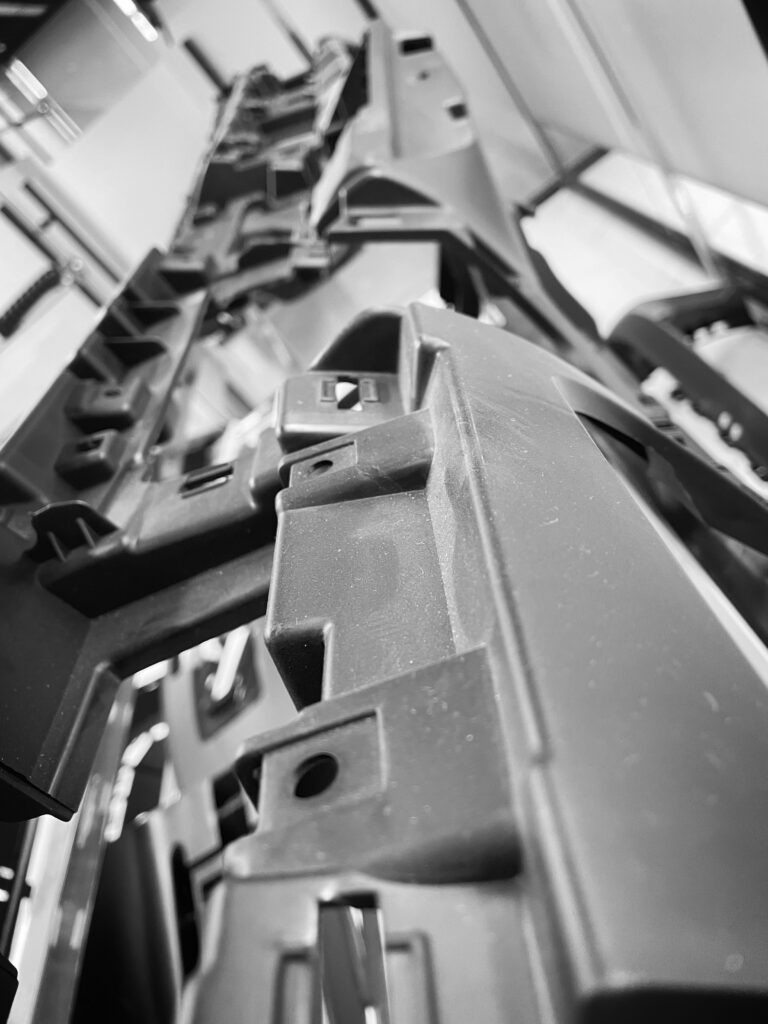An instrument panel, commonly referred to as a dashboard, is the central control panel in a vehicle that houses key instruments, controls, and displays for the driver. It includes components such as the speedometer, fuel gauge, infotainment systems, climate controls, and sometimes airbag housings. Its primary functions are to provide real-time information about the vehicle’s status and to offer controls for essential functions.
How an Instrument Panel is Made:
The manufacturing process for instrument panels involves several key steps:
-
Design and Engineering:
- The instrument panel is designed based on the vehicle’s interior aesthetics, ergonomic considerations, and technical specifications. Engineers also ensure that the design accommodates electronics, safety features (like airbags), and other embedded systems.
-
Material Selection:
- Typically, instrument panels are made from thermoplastic materials, such as ABS (Acrylonitrile Butadiene Styrene), polypropylene, or a combination of polymers. These materials are lightweight, durable, and can be molded into complex shapes.
- Some premium dashboards might use soft-touch materials or be covered with leather, vinyl, or other textiles to enhance tactile and visual appeal.
-
Injection Molding:
- The primary manufacturing method is injection molding. This process involves melting plastic material and injecting it into a mold that has the shape of the instrument panel.
- The mold consists of the core and cavity, which define the interior and exterior geometries of the panel.
- Once the plastic cools and solidifies, the mold opens, and the panel is ejected.
-
Foaming (optional):
- In some cases, the dashboard is given a soft feel by adding a layer of foam beneath the surface. This is done using foaming techniques like reaction injection molding (RIM), where a polyurethane foam layer is applied to the plastic panel.
-
Trimming and Assembly:
- After molding, the panel is trimmed to remove any excess material, and additional features like vents, attachment points, and housing for electronics are added.
- Parts such as airbag covers, vents, or control buttons are then integrated.
-
Surface Finishing:
- The instrument panel might undergo painting or surface texturing to improve its aesthetic appeal and reduce glare. Texturing is often done in the mold using engraved patterns to simulate leather or other textures.
-
Final Assembly:
- Finally, the instrument panel is assembled with electronic components like displays, sensors, switches, and controls, either through automated assembly or manual processes.
In summary, the instrument panel is primarily made using injection molding of plastic materials, followed by additional processes like foaming, assembly, and finishing to integrate controls and achieve the final look and functionality.


